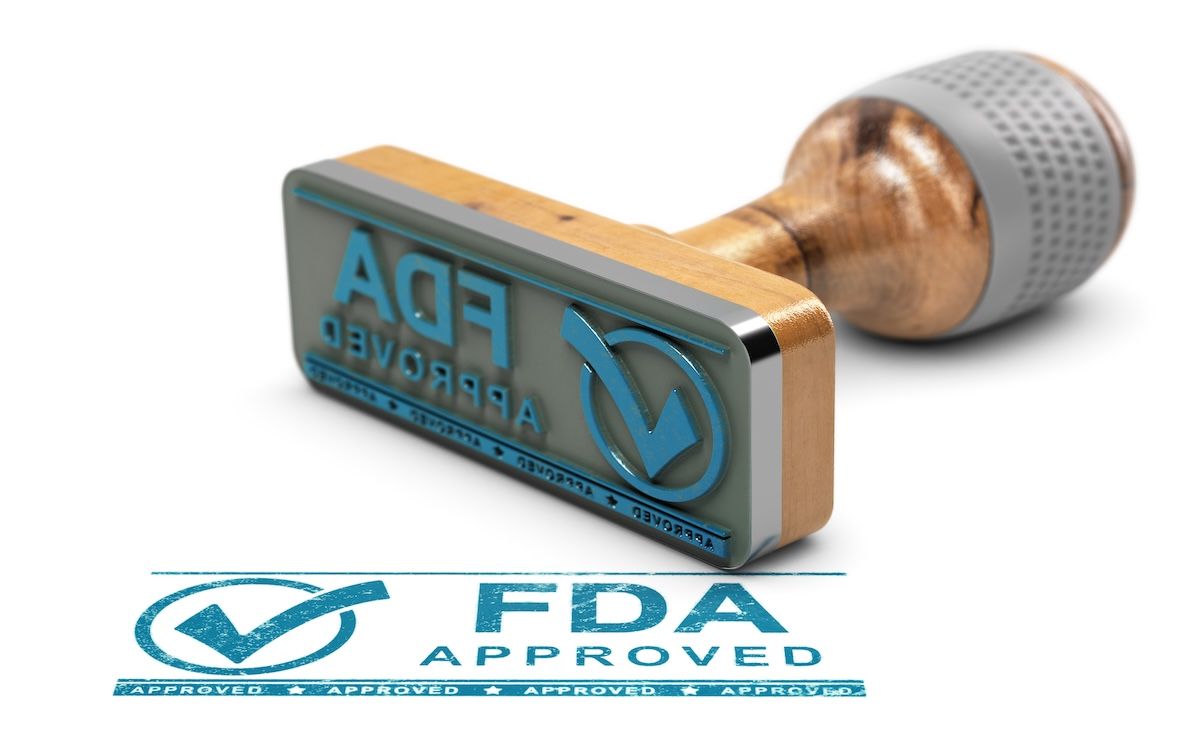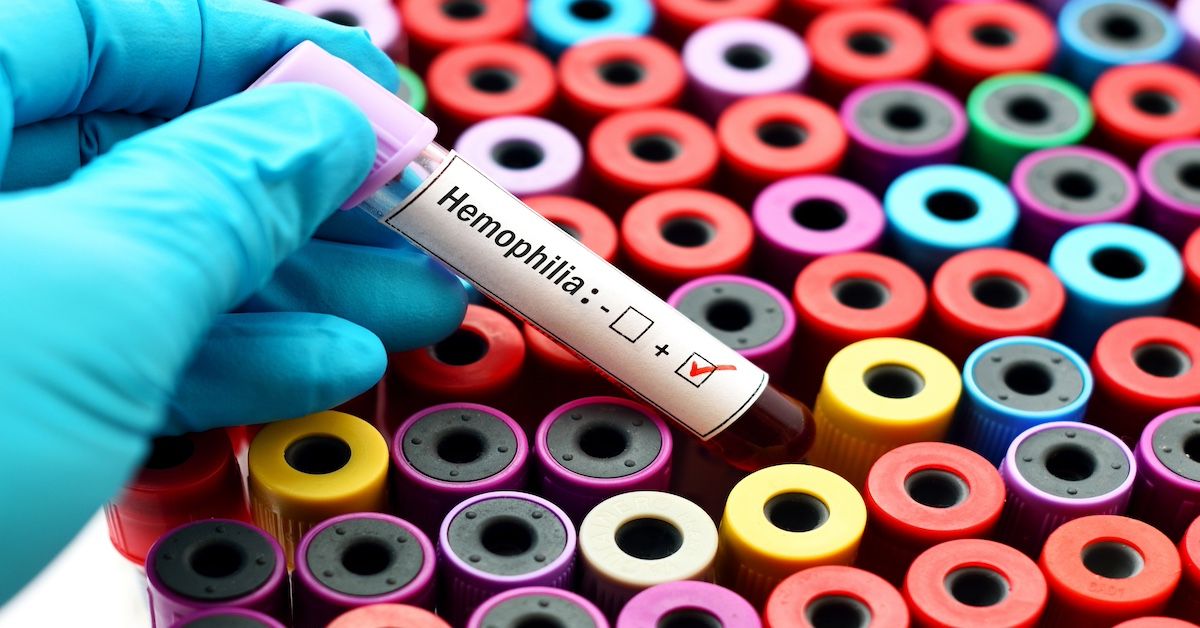Article
Study Finds Inhibitors Develop in Nonsevere Hemophilia A Earlier Than Previously Reported
Author(s):
Up until now, it was thought most patients with hemophilia A developed inhibitors in middle-age. A new study suggests it usually happens in the early teens.
A new study showed that patients with nonsevere hemophilia A (NSHA) develop inhibitors much sooner than previously thought, though the study found inhibitors did not increase the risk of mortality.
Hemophilia A is linked with altered x chromosomes, and is more common in males, who only have a single x chromosome. An estimated 23.2 out of 100,000 males are born with the condition.
Writing in the journal Blood Advances,1 corresponding author Ming Lim, MBBCh, MSCr, of the University of Utah, and colleagues, noted that the most significant complication faced by patients with hemophilia A is the development of neutralizing antibodies to factor VIII (FVIII). These antibodies, called inhibitors, increase a patient’s risk of mortality. One study found patients with a current inhibitor were 70% more likely to die than patients without inhibitors.2
However, Lim and her coauthors wrote that most of the existing research on hemophilia A relates to patients with severe hemophilia A. Much less has been reported about patients with the nonsevere form of the disease, a cohort that makes up about one-half of all patients with hemophilia.
The investigators sought to remedy the situation by analyzing the clinical characteristics and mortality rates of people with NSHA. The utilized the American Thrombosis and Hemostasis Network dataset, identifying 6624 patients with NSHA, 86% of whom were men. The data covered the period of 2010 to 2018 and patients were followed for an average of 8.5 years.
Their findings showed patients with NHSA develop inhibitors much earlier than previously thought. While a previous study of patients with NSHA found that the median age at which patients develop inhibitors was 38,3 Lim and colleagues found patients in their data set actually developed inhibitors at a median age of 13.
“The reason for this discrepancy is unclear,” Lim said. “We speculate that this may be due to the observed time period, as the availability of FVIII concentrates have evolved over the years, and may have been used more often from 2010 to 2018, which then increases the risk of inhibitor development.”
The previous study, dubbed INSIGHT, covered a time period from 1980 to 2011.
The new study also has a lower rate of inhibitor development, 2.6% versus 4.0% in the previous study. Lim said a future longitudinal study would be needed to better explain the discrepancies.
When it came to mortality, Lim and colleagues found that the development of inhibitors was not associated with an increased risk of death, even when age-adjusted. This contradicts earlier research, and Lim said it may be due in part by the older age at which patients in earlier studies developed inhibitors.
“Older people are more susceptible to age-related comorbidities and bleeding complications,” they wrote, “thus contributing to the increased mortality in the INSIGHT study.”
Overall, Lim and colleagues reported 136 deaths among their cohort, at a median age of 63. That resulted in an age-adjusted mortality rate of 3.3 deaths per 1000 person-years. Just 3 of those deaths in the study occurred in participants with inhibitors. Instead, age, male gender, hepatitis C, and HIV, were identified as risk factors for death. The most common cause of death among the cohort was malignancy (27 patients; 20%).
Lim and colleagues concluded that their study underscores the importance of regular monitoring of people with NSHA at hemophilia treatment centers. They said such monitoring is important regardless of age, since their data indicate inhibitors can become a problem much sooner than previously thought.
References
1. Lim MY, Cheng D, Recht M, Kempton CL, Key NS. Inhibitors and mortality in persons with nonsevere hemophilia A in the United States. Blood Adv. 2020;4(19):4739-4747. doi:10.1182/bloodadvances.2020002626
2. Walsh CE, Soucie JM, Miller CH; United States Hemophilia Treatment Center Network. Impact of inhibitors on hemophilia A mortality in the United States. Am J Hematol. 2015;90(5):400-405. doi:10.1002/ajh.23957
3. Walsh CE, Soucie JM, Miller CH; United States Hemophilia Treatment Center Network. Impact of inhibitors on hemophilia A mortality in the United States. Am J Hematol. 2015;90(5):400-405. doi:10.1002/ajh.23957




